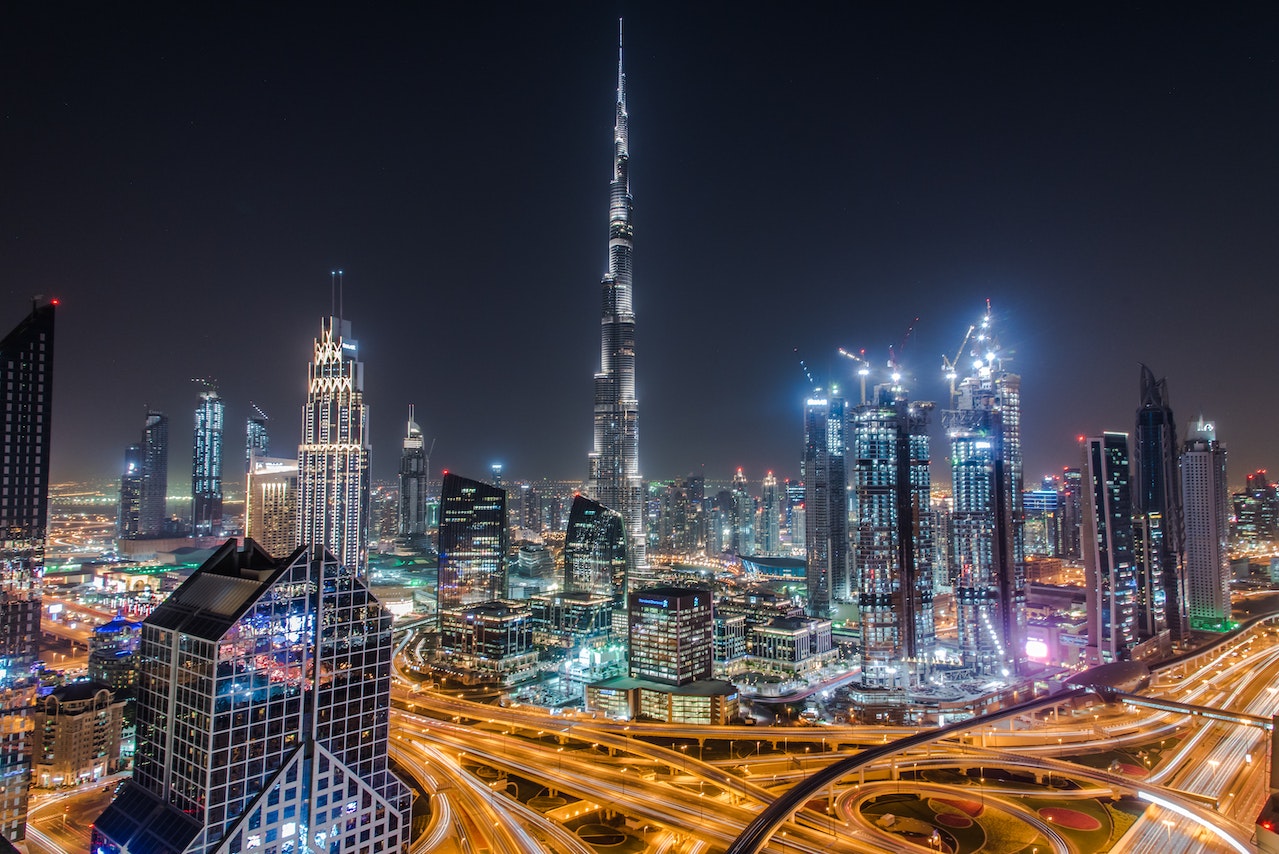UAE (Transatlantic Today)-The United Arab Emirates represents one of the fastest growing regions in the world with its flabbergasting infrastructure, futuristic monuments and of course, Burj Khalifa. But then there is Khashoggi, Latifa and countless other cases of serious human rights violations. What hideous truth does this seemingly advanced region hide?
Was it a brilliant or a cynical marketing move when the United Arab Emirates appointed a Minister for Happiness and Wellbeing in February 2016? A few months later, the rulers of the group of small states in the Persian Gulf went one step further and created a “Ministry for Tolerance” that had not existed anywhere in the world before. Unsuspecting outsiders were to be given the impression of an ideal world in which a feel-good ministry “develops programs to make people happier.” Certainly not all.
Only ten percent of the approximately ten million inhabitants have an Emirates passport. 90 percent are foreign migrant workers, almost 70 percent of whom are from South Asia. They transformed the emirates of Abu Dhabi, Dubai, Sharjah, Ajman, Ras al Khaima, Umm al Quwein and Fujeirah, which had a population of just 200,000 when they merged on December 2, 1971, into booming economic centres. For their work, under sometimes catastrophic conditions, they were and are fobbed off with starvation wages. Only in this way can the prosperity and well-being of the minority be permanently guaranteed.
Since gaining independence more than 50 years ago, the Emirates have been in the fast lane. The motor was and is Dubai, whose rulers turned almost everything they touched into gold. “Our emirate must always be number one,” is the motto of Sheikh Mohammed bin Rashid al-Maktoum, the ruler of Dubai. “No one cares who finishes second.”
Dubai’s attitude is characterised by arrogance
This arrogance almost drove Dubai to ruin. When the real estate bubble inflated by the greed of local and Arab investors burst in 2009, the supposed number two, the much richer but somewhat more modest neighbouring emirate Abu Dhabi, secured the financial survival of the self-proclaimed “land after tomorrow” with billions in loans. At 828 metres, the tallest building in the world is no longer called “Burj Dubai” (Dubai Tower), but “Burj al Khalifa”. The whole world should know that the eponymous Emir of Abu Dhabi saved the self-indulgent brothers in Dubai. The shock of the real estate crash was initially deep.
In the long term, however, modesty does not fit Dubai’s self-image. Only as number 1 does one remain attractive and attract tourists from all over the world. The United Arab Emirates managed to diversify its economy like no other country in the Arab world. The production of oil and gas accounts for only one third of the gross domestic product. With great skill, the city-states on the Persian Gulf have managed to develop into a tax haven and global financial services centre.
What’s more, brilliant marketing campaigns that spend millions every year have turned the Emirates into an entertainment and shopping metropolis. Although Dubai is expensive, biannual shopping festivals attract hundreds of thousands.
Paid influencers from all over the world manage to attract legions of tourists to the beaches of Dubai year after year. That’s the only place where there’s a party, suggest scantily clad bikini women at the pools of glitzy 5-star hotels. The regents want visitors who consume and celebrate uncritically, businessmen and women who focus on their business and otherwise don’t ask any annoying questions.
Murder of Khashoggi, kidnapping of Princess Latifa
Some people assume that the United Arab Emirates, the Kingdom of Saudi Arabia or Egypt are progressing. It is said that the countries have been trying to propagate their beautiful sides for some time. “It’s a sad thing,” says Abdulaziz Almoayyad, Saudi human rights activist and spokesman for the human rights organisation ALQST, “because we have a very beautiful country. But the government wants to cleanse its reputation here.” He emphasises that there is an absolute monarchy in the entire Gulf region.
In fact, the states there are struggling with an image problem – and not just since the murder of the Saudi journalist Jamal Khashoggi , who was critical of the government, in 2018 and the reports about the kidnapping of Princess Latifa, daughter of the Emir of Dubai. In 2018, she tried in vain to flee Dubai. Since then there has been no sign of life from her – until secretly recorded videos of her were leaked to the BBC and went through the press.
Two years prior to this mishap, the ruling sheikhs had proclaimed their country “the world capital of tolerance” on the occasion of the Pope’s visit. In contrast to other states on the Arabian Peninsula, places of worship for Christians, Hindus, Sikhs, Buddhists and Jews are tolerated in the Emirates as long as they remain inconspicuous. Human rights organisations accuse the government of using the slogan of religious tolerance to cover up its political intolerance.
The Latifa case is probably the most prominent example of the dark side of the United Arab Emirates region. The prisons are overcrowded, reports of torture and ill-treatment are increasing. According to Amnesty International, the rights of women, children and people without citizenship are severely restricted, discrimination is the order of the day.


























